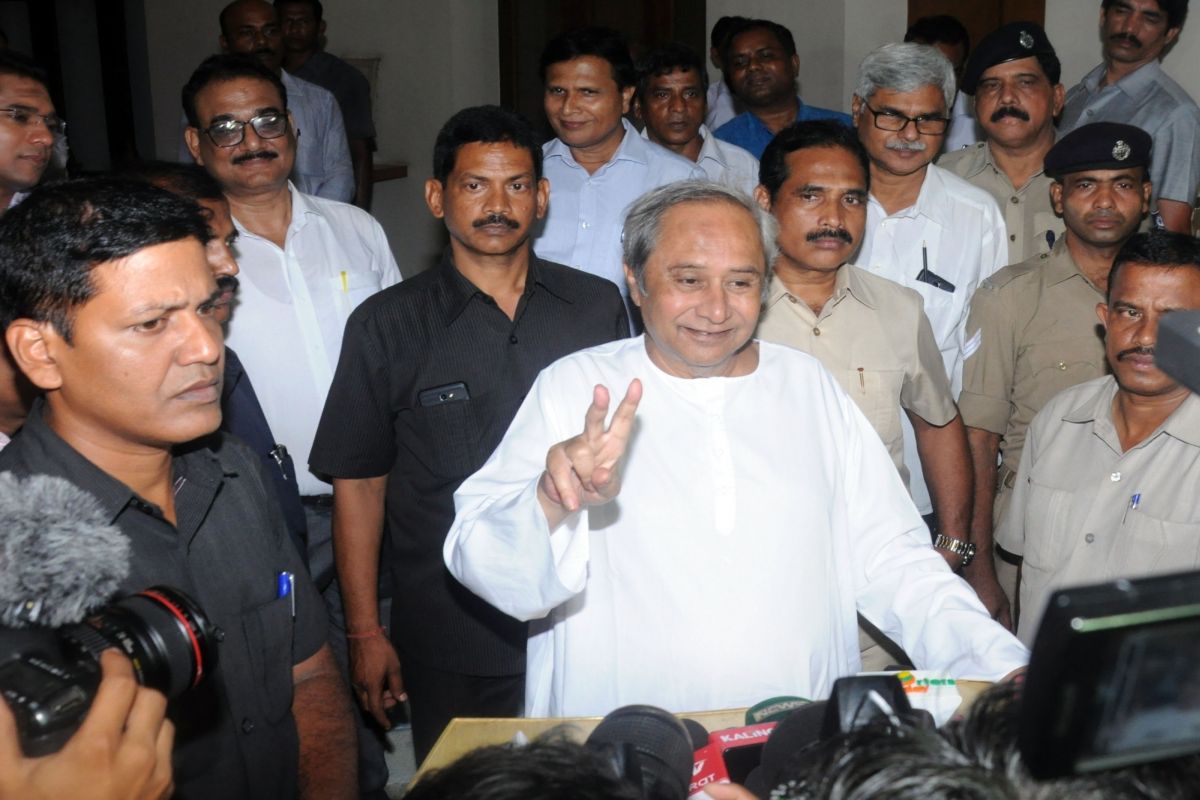The 2019 elections in Odisha have been unique in the sense that it is the only state where voters made a clear distinction and choice — Modi as the PM, and Naveen as the CM.
The Odisha voters, even in the most backward areas, stuck to this choice. The split vote as it is being described was discernible right through the month long campaign. That the BJD would retain power in the state was a foregone conclusion.
The debate or speculation centred around the numbers – since there is a ‘split vote’, how many Lok Sabha seats would the BJP get and maybe in the process of confusion between the two EVMs how many it would get in the assembly.
Results proved all intellectuals wrong as the voter turned out to be smarter. Such a phenomenon in the predominantly rural, backward state was unexpected. The BJD, which was confident of retaining power for the fifth successive term, had insisted that ‘split’ vote in favour of Modi as PM would not be more than 5 per cent.
It has never been above five percent in the history of Indian elections, they said . They expected to win 14 LS seats and 105 assembly seats. The BJP, on its part, felt there was a clear wave in favour of Modi and the party would win more than 12 LS seats and corresponding number of assembly seats which would place them close to majority in the state.
People of Odisha proved that they differentiated between assembly and Lok Sabha, and voted accordingly.
In a largely rural agrarian belt of Bargarh parliamentary seat spread across seven assembly seats, the voters elected all seven MLA candidates of the BJD, yet elected a BJP candidate for the Lok Sabha.
Similarly, in Kalahandi parliamentary seat, the voters elected the BJP LS candidate while six of the seven assembly seats in the constituency went to the BJD.
In the more urban constituency of Bhubaneswar, the same was noticed as the BJP won the LS seat but not a single MLA seat.
The victory of Suresh Pujari, BJP’s Bargarh LS candidate, exemplified the rare phenomenon of how the voter made a distinct split choice – Modi for PM and Naveen for CM. Pujari’s victory is stunning because the BJD won all the seven assembly segments under the Bargarh LS seat.
The voter was the victor in the rural agrarian belt – the rice bowl of the state. The voter asserted the choice of Naveen as CM and Modi as PM. Pujari, incidentally, was also the BJP secretary in charge of West Bengal.
Suresh Pujari won the Bargarh Parliament Constituency seat with a margin of more than 62,000 votes, defeating veteran BJD MP Prasanna Acharya. Everybody had written off Pujari as he was forced by the party to shift from his traditional Sambalpur seat to Bargarh.
Further, the fact that CM Naveen Patnaik decided to contest from Bijepur, one of the segments under Bargarh LS seat, and Naba Das, another heavyweight, from Jharsuguda made victory look impossible for Pujari.
Pujari said: “All credit goes to the people of Bargarh and Jharsuguda. At the same time, the charisma of Narendra Modi and Amit Shah has been helpful for the victory of all BJP candidates in Odisha.”
“I will do my best to serve the people of the constituency having divergent problems from Padampur to Jharsuguda,” Pujari added.
Perhaps never before in the history of elections in India has such a high percentage of split votes taken place – one party winning all the seven assembly segments while the other wins the LS seat.
The same was the scene in Bhubaneswar where Aparajita Sarangi won the LS seat on a BJP ticket but all seven BJP MLA candidates lost.
Basant Panda, the state BJP president and LS candidate, won the Kalahandi seat when the party won only one of the seven assembly seats.
In all, the voter proved to be wiser than the analysts and party leaders.
CLICK HERE FOR MORE ELECTIONS 2019 NEWS











